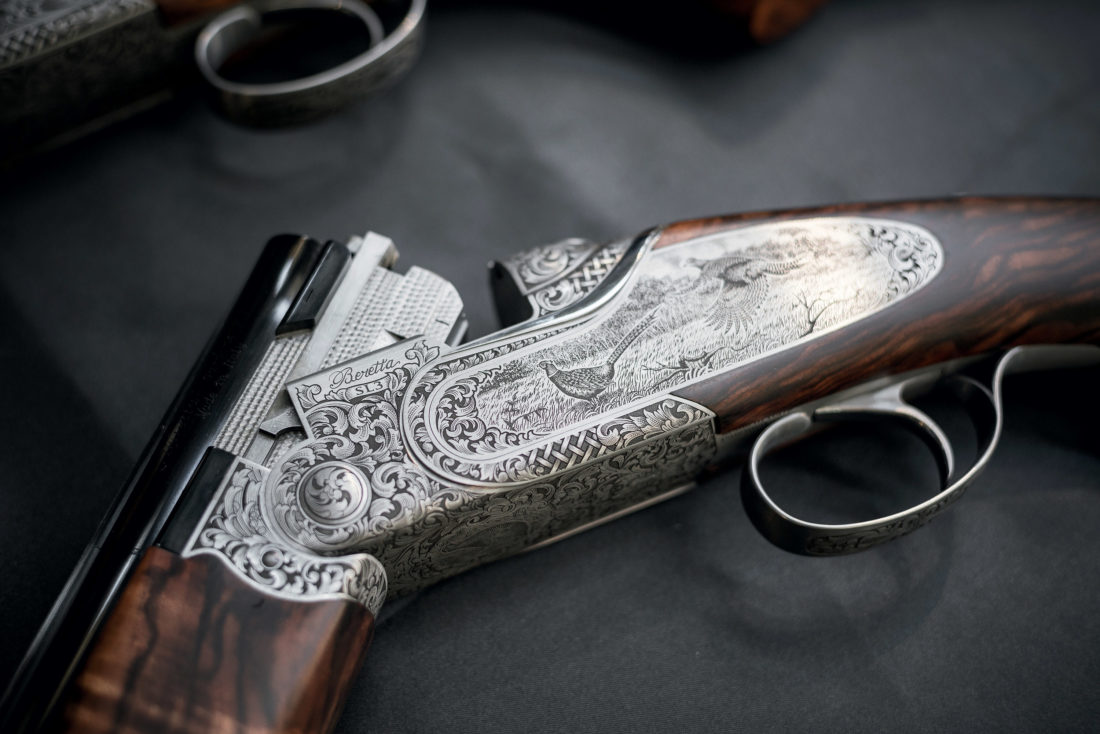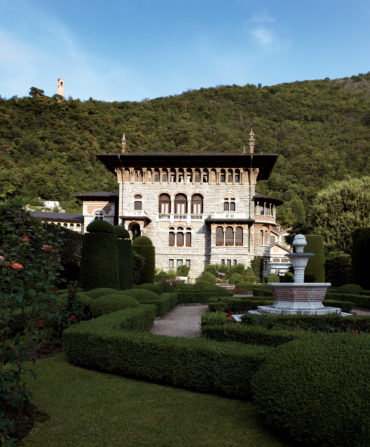Barrels are the heart of a shotgun, and a Beretta over-under begins as two pieces of thick chromium-nickel-molybdenum steel stock. A machine pounds the stock around a mandrel, lengthening and thinning each tube until it becomes a barrel, light enough to be lively, strong enough to handle lifetimes of shooting.
Almost five hundred years ago, Bartolomeo Beretta made a batch of harquebus barrels for the Doge of Venice. Beretta takes the year of that order, 1526, as the date of its founding. Fifteen generations later, the company remains in the same family, although Maestro Bartolomeo’s hammer has become a $1.5 million cold-hammering machine.
The barrels I saw being made on my recent visit to Gardone Val Trompia, Italy, were part of the new SL3 over-under. Genteel enough for the quail wagon, rugged enough for the dove fields of Argentina, the SL3 is the latest addition to Beretta’s Premium gun lineup. It occupies the position of “entry level” premium gun, which is like an “entry level Ferrari,” as it still bears a price tag of $20,000. Compared with the $100,000, top-of-the-line SO10, with which the new gun shares many features, though, the SL3 is a bargain.
It’s also the product of two Beretta factories, Beretta Uno and Beretta Due. Walled in by Alpine foothills and wedged side by side in the narrow Mella River valley, the factories stand close together on the outside but are seemingly a hundred years apart inside. Beretta Uno is as modern and high-tech as Beretta Due is traditional, and they contribute equally to the making of an SL3.
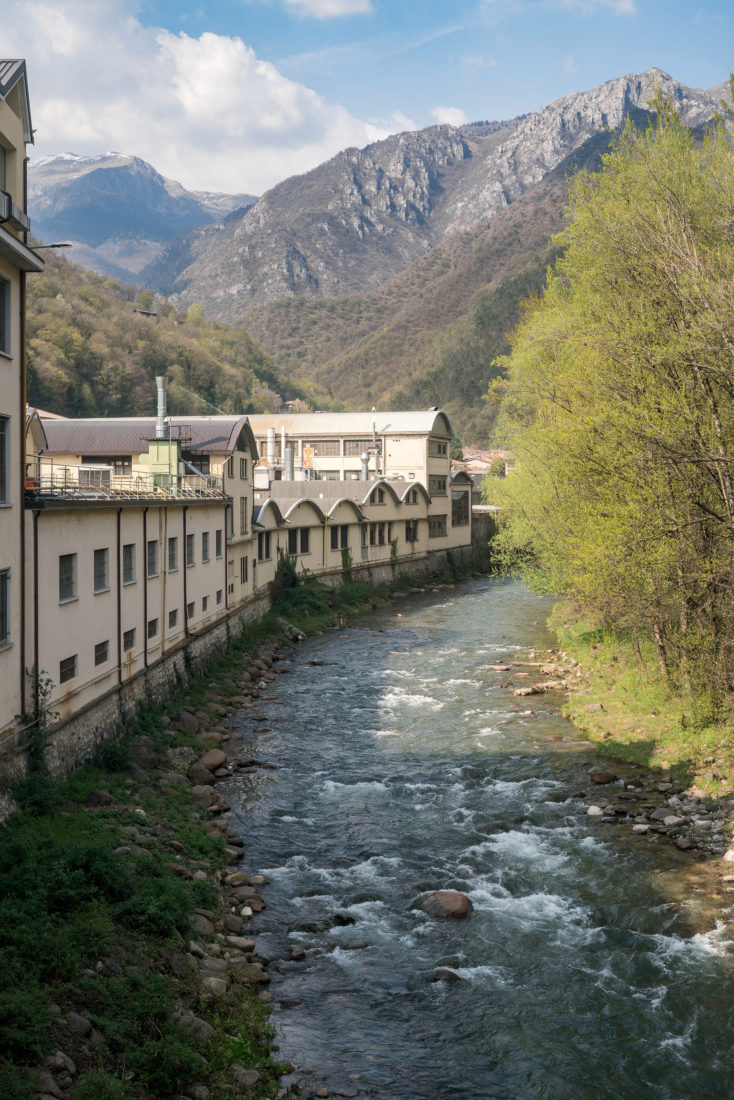
Photo: Tyler Sharp
The Beretta factory, by the Mella River in Italy.
To create the gun, Beretta’s design team faced a daunting challenge: greatly reduce labor and production costs while maintaining premium quality. The gun they drew up retained the low-profile bolting system of the SO10, resulting in a gun that is trim and sleek. In one concession to cost saving, the SL3 is a boxlock gun, not a sidelock like the rest of the SO series. Sidelocks are seen as the epitome of fine guns, but functionally, their only real advantage lies in the fact that the insides are quickly and easily accessible in the field if a spring breaks. Meanwhile a boxlock is a simpler, and many believe more durable, mechanism. That matters, because the SL3 is a gun meant to be used hard.
WATCH: An Inside Look at Beretta
The SL3’s metal parts come from Beretta Uno, where the machines have risen. The factory is spotless, if relentlessly gray. The robots and CNC machines that make the parts can sense when their tools dull, and ask other machines to sharpen them. In a pinch, they can actually phone their human supervisors for help. Beretta Uno’s high-tech array includes a tomography device, a type of X-ray machine that can peer inside metal and stock blanks. It might find imperfections in steel, or knots, irregularities, or even pieces of wire, bullets, and shrapnel inside wood, as a lot of history can pile up in the time it takes a tree to grow big enough to make a blank.
There are no machines at Beretta Due. It runs on hand power, supervised by Maestro Ferdinando Belleri, a slim sixtyish man who looks so much the part of a master gunmaker I assumed he was an actor when I saw him in a promotional video. Under Belleri’s watchful eye, SL3 parts become a fine gun. The actions and barrels are hand fitted by an actioner who paints blue dye on their bearing surfaces, then closes the gun and opens it. Wherever metal bears too much on metal, the dye rubs off. The actioner files the shiny spot, dabs on more dye, and opens and shuts the gun until it meets tolerances measured in thousandths of millimeters. Hand fitting gives a gun that solid “bank vault” feeling when it closes that fine-gun fanciers demand.
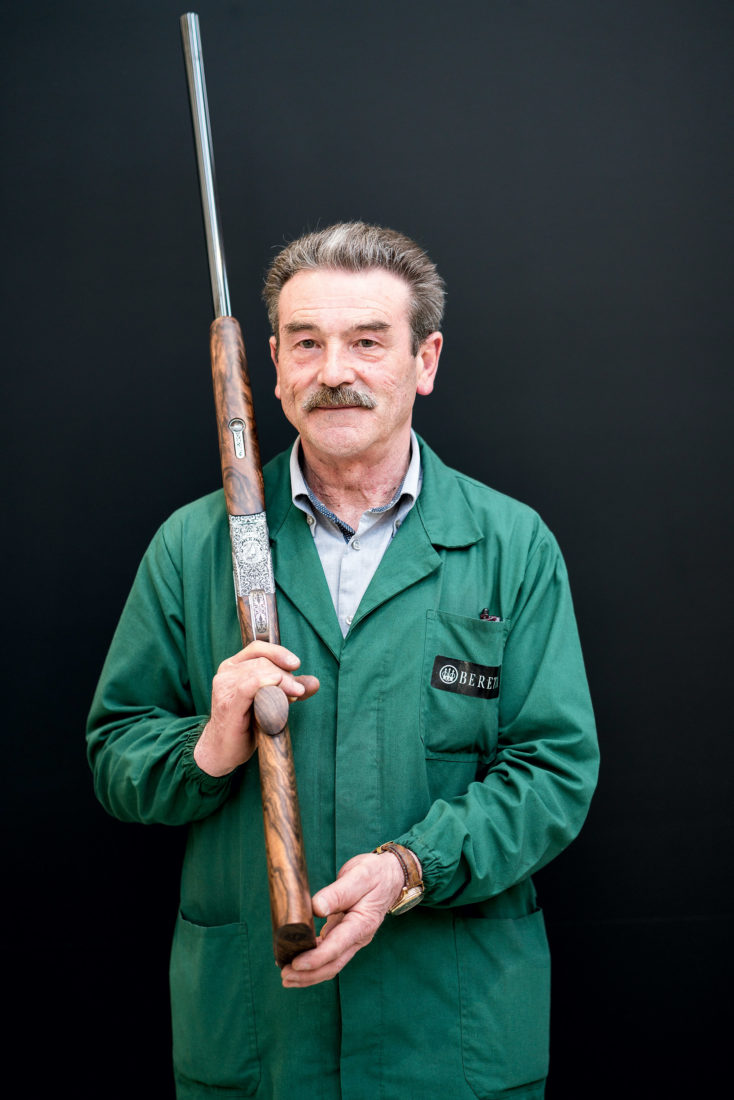
Photo: Tyler Sharp
Master gunmaker Ferdinando Belleri.
In all, even with much of the handwork removed, it takes a month to make an SL3. The completed gun is striking. The receiver and top lever have been sculpted to give a streamlined profile and to give the shooter a better view of the target. The hand-rubbed oil-finished walnut is so richly figured that the first SL3s were made without checkering to better show off the grain. The receiver and sideplates are covered in scroll, floral, or game-scene engraving, or you can order a plain receiver, polished by hand with paper for eighty hours to a mirror finish.
About the engraving: It’s done by a 5-axis laser, not hammer, chisel, and burin. This is either something you can accept in a $20,000 gun or it isn’t. Really, though, the first thing you should ask about a $20,000 shotgun is, can you hit with it?
I was confident in the answer when I picked up the SL3 for the first time. The receiver profile helped the gun sit low in my hands and point naturally. The balance was just right: lively, but with enough weight forward to help it swing smoothly. With the first two shots at a five-stand course near Lake Garda, I crushed a left-to-right crosser, then smashed a springing teal as I had expected. What I hadn’t anticipated was how mildly the gun seemed to recoil, even with a hard wooden butt plate. The trigger pulls were crisp and light as well, a hallmark of flat-spring triggers.
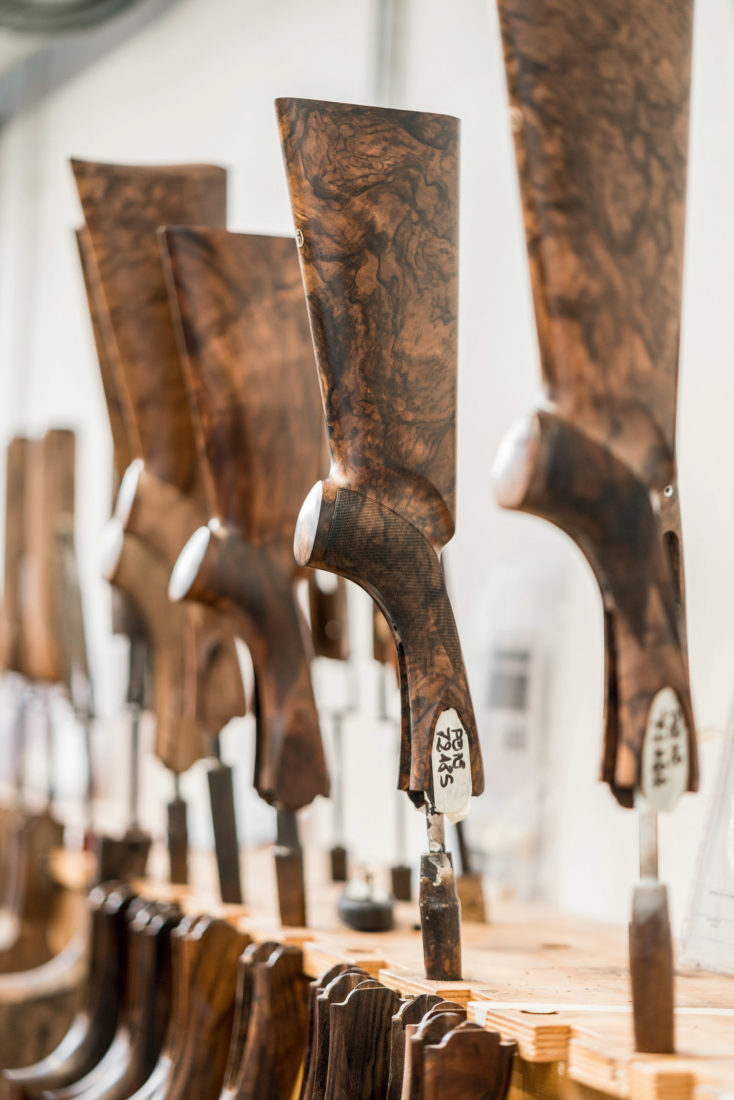
Photo: Tyler Sharp
Walnut stocks.
The SL3 will sell through Beretta’s galleries in New York and Dallas and premium dealers, including Cole Fine Guns and Gunsmithing in Harpswell, Maine, and Naples, Florida. Owner Rich Cole began training in Gardone in 1979 and knows Beretta guns as well as anyone. “Maestro Belleri and his team didn’t reinvent the wheel,” he says of the SL3. “Instead, they took the best parts of previous Beretta over-unders and combined them. It’s like Johnny Cash’s ‘One Piece at a Time’ Cadillac.”
Cole says that at the SL3’s price point, he expects its main competition to be previously owned “best” guns from other makers. He believes that for a gun that will perform and withstand hard use, though, the SL3 beats the “best.” “A lot of ‘best’ guns can’t handle high-volume shooting as well as this gun will,” he says. The SL3 passed an 11,500-magnum-round torture test during development, and it will shoot steel shot and other nontoxics without complaint. It’s built for the long haul. Some hunters say “my guns are tools,” but tools can be functional and beautiful as well, and that’s what Beretta is shooting for with the SL3.


